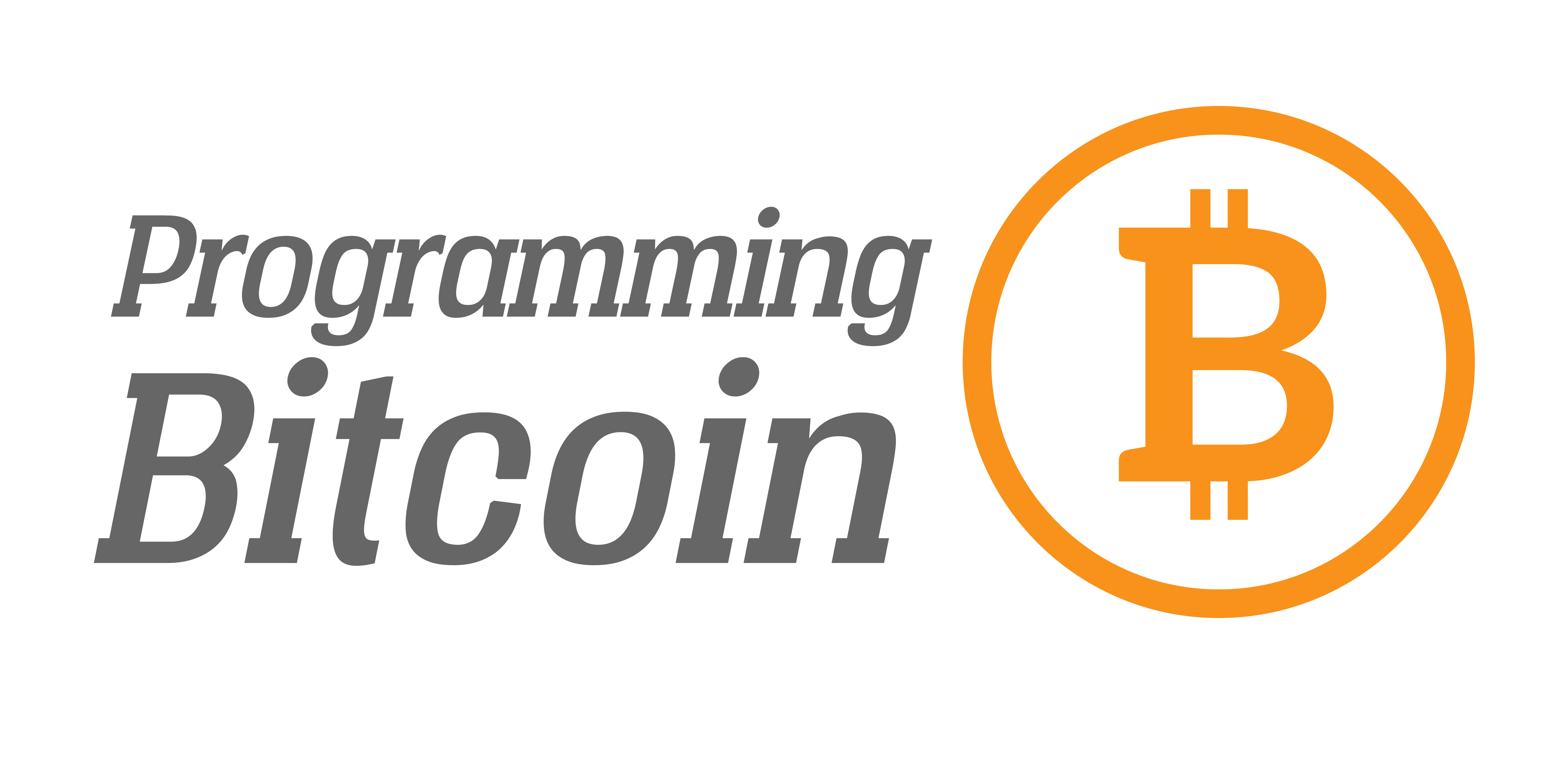Throwback Post: What If We Build It and Nobody Came?
Editor’s Note: I originally wrote this post on September 14, 2014 after about a year of working on Colored Coins. I realized that Colored Coins and many platforms like it weren’t getting much traction, despite the technology being very interesting. I wrote this post as a reflection back on my experience and concluded that market engagement is the best judge of what’s useful.

Over the past year or so, there’s been quite a bit of hype around Bitcoin 2.0. Mastercoin, CounterParty, Ethereum (Editor’s Note: Ethereum had done its presale at this stage, but no actual release), BitShares, NXT, CoinPrism are just some of the names in this space. I’ve laid out the economic argument before about many of these. Today, I want to explore the market argument.
The promise of Bitcoin 2.0 has been that building a new platform where people could create new financial instruments would be something people want. That is, people actually want to trade shares of a company, short Bitcoin, trade gold on the blockchain (Editor’s Note: this is referring to the Bitcoin blockchain as this was published before private blockchains were popular) and trade options and other financial derivatives. The proponents point to the trillions traded in Forex or the trillions traded in derivatives or the trillions traded on the stock market to point out that there must be a demand for this sort of thing. Yet when I look at the landscape, I can’t help but think this whole thing is in many ways putting the cart before the horse.
Consider something like Mastercoin (Editor’s Note: Mastercoin has since renamed itself Omni) which promised a ton of different appcoins that would come to life as a result of its platform. To date they’ve released Maidsafecoin on their platform along with something called APICoin and something called Storj which actually trades on CounterParty. Now, there might be something to all these coins, but are there actually people using the underlying service? How many people depend on MaidSafe to be on the Safe decentralized internet? How many people use Storj as a replacement for Dropbox? For all the applications that all these platforms enable, how many are actually getting used by non-investors of these things?
The promise of these platforms is that you can create new assets and applications on top of them. But the question that’s almost never asked is, are any of these assets or applications worth owning or using? Just because they exist doesn’t mean they’re worth owning. Just because there’s an application doesn’t mean it’s actually worth using. There’s this sense that if you build an app or asset ecosystem, that people will come and use it. Many proponents point to the iOS App system or even Facebook’s App system (Editor’s Note: It looks like the Facebook App system is not nearly as popular now, so younger readers may not remember that Facebook Apps used to generate a lot of money for various companies) as evidence that providing a platform is often enough to spur growth. Very few of them talk about the Windows Phone App ecosystem or the Blackberry App ecosystem, however. The platform first needs to be popular on its own before building apps or assets on top of it makes any sense.
And popular, these platforms are not. Heck, the entire Bitcoin ecosystem probably isn’t popular enough to make the assets or apps on top of these Bitcoin 2.0 platforms popular. The market cap of these other coins are usually orders of magnitude smaller than Bitcoin itself and most of that market cap is there because of presales of these coins. The evidence thus far by the market has been that there’s no real demand for all the different assets being created on NXT or CounterParty or Mastercoin. In fact, most of them seem to have the pattern of so many altcoins of the week which get pumped and unceremoniously dumped. I would venture to guess it’s because these assets/apps don’t actually offer anything useful or new.
Back during the dot-com boom, there were all sorts of services built on the web that sounded good but didn’t go anywhere. There was boo.com which was supposed to be a fashion web portal which burned through over $100 million and didn’t even launch. There was pets.com which was supposed to be a store for pet owners which burned through a lot of money trying to get pet owners to buy pet stuff online. There wasn’t really a market there and a lot of these assets and even platforms seem like the pets.com of the dot-com era.
It’s hard enough to get Bitcoin itself to be popular. Despite the general awareness, only a tiny percent of a percent of the population actually own any Bitcoin. And this is for a currency that’s clearly superior to any other form of currency currently out there. What if all these platforms are building something that no one is interested in using? What if the ecosystem isn’t mature enough yet to have large demand for derivative assets? What if this whole Bitcoin 2.0 thing is really all just hype?
Editor’s Note: The last 2.5 years have definitely shown that these platforms were, at best, premature.


Comments are closed